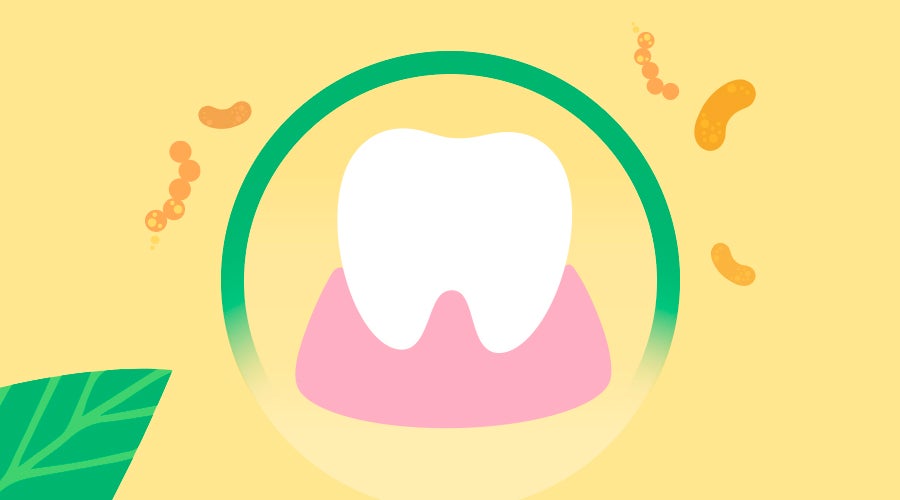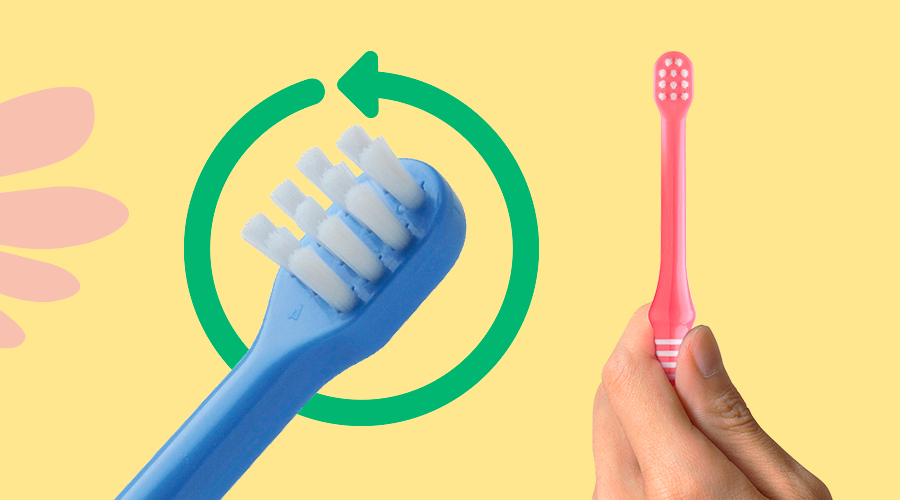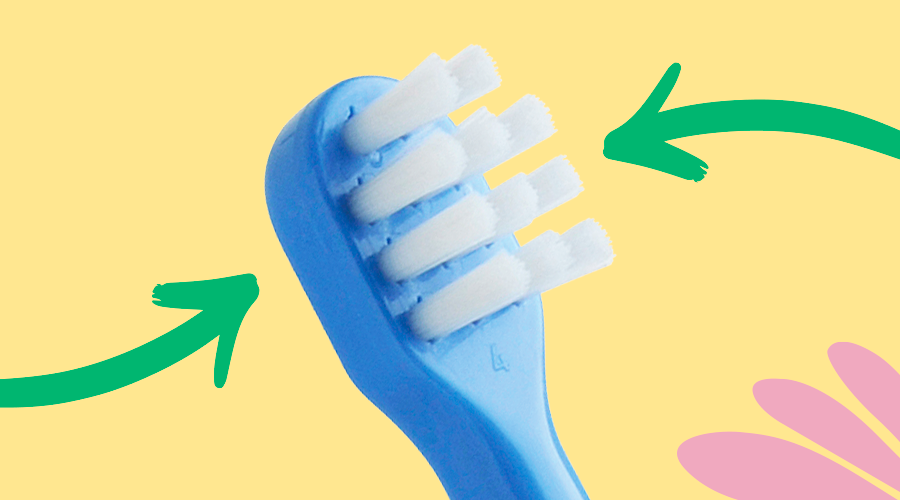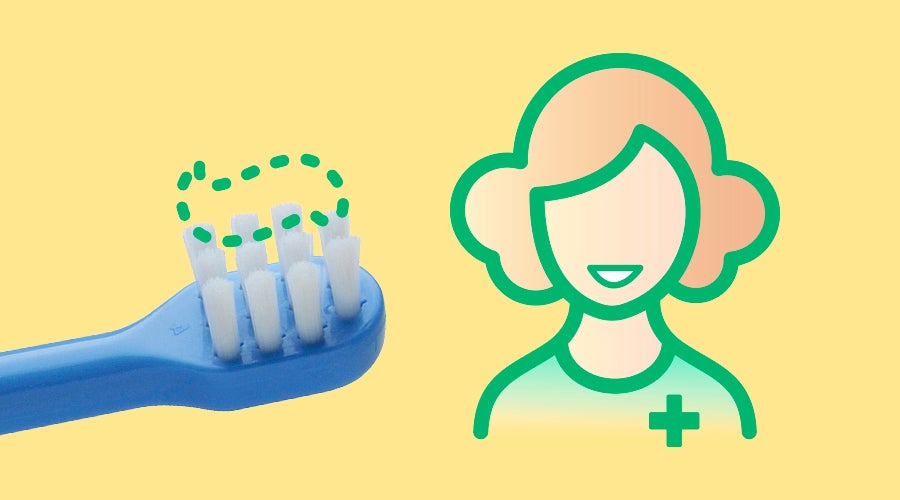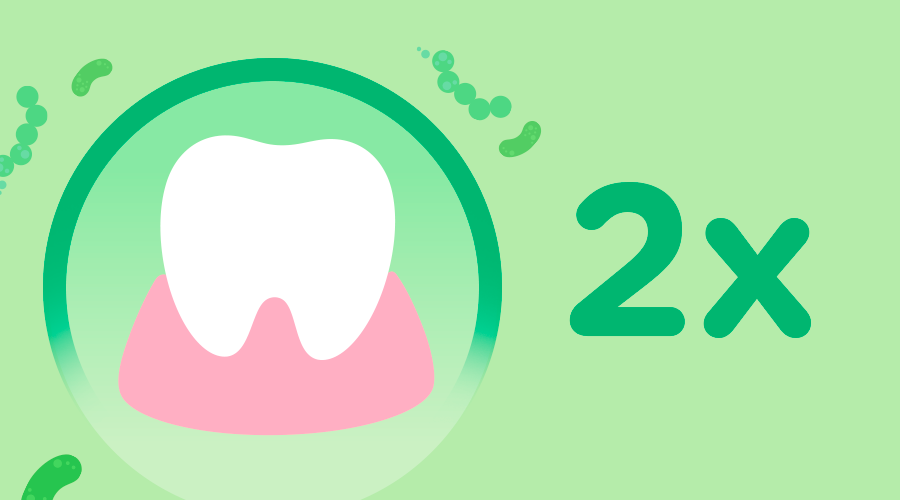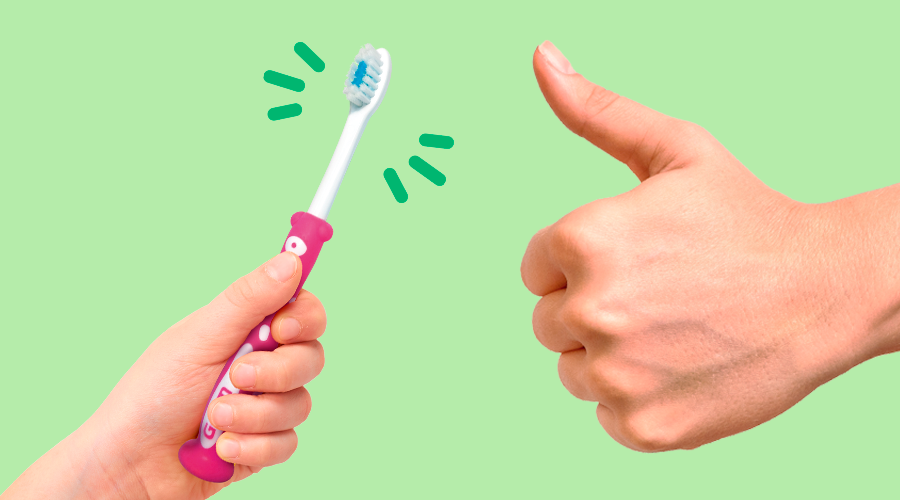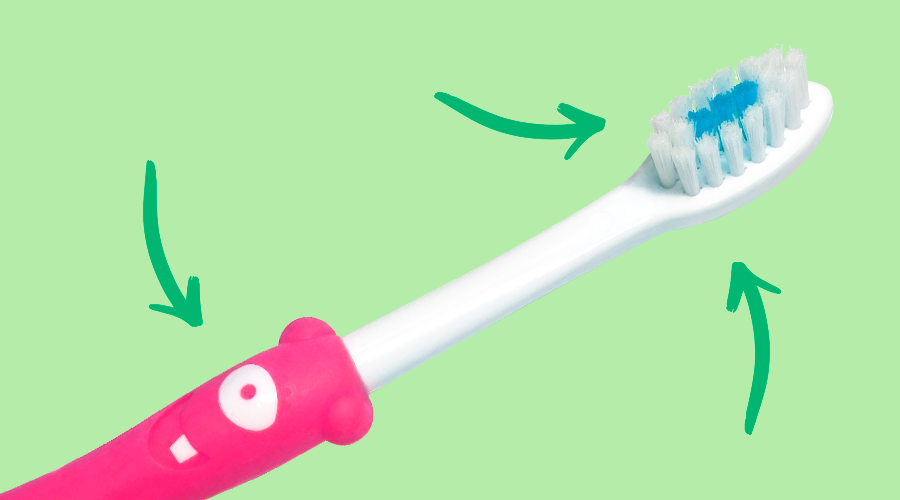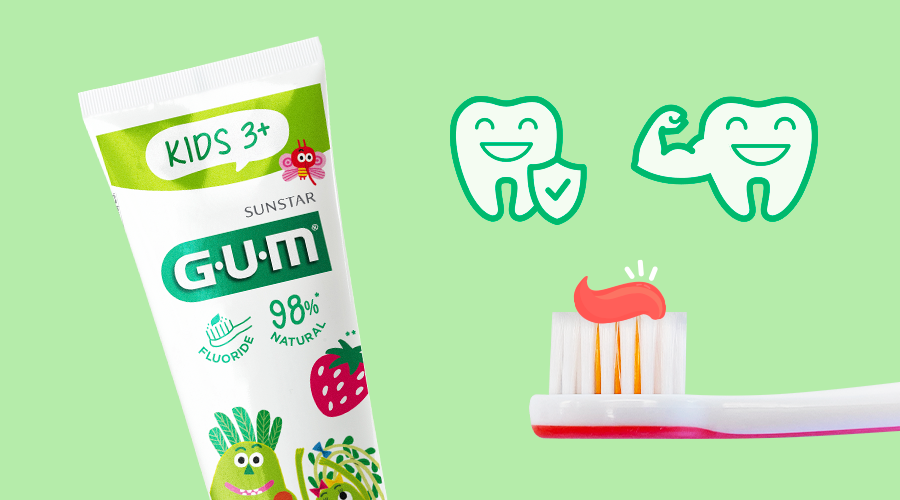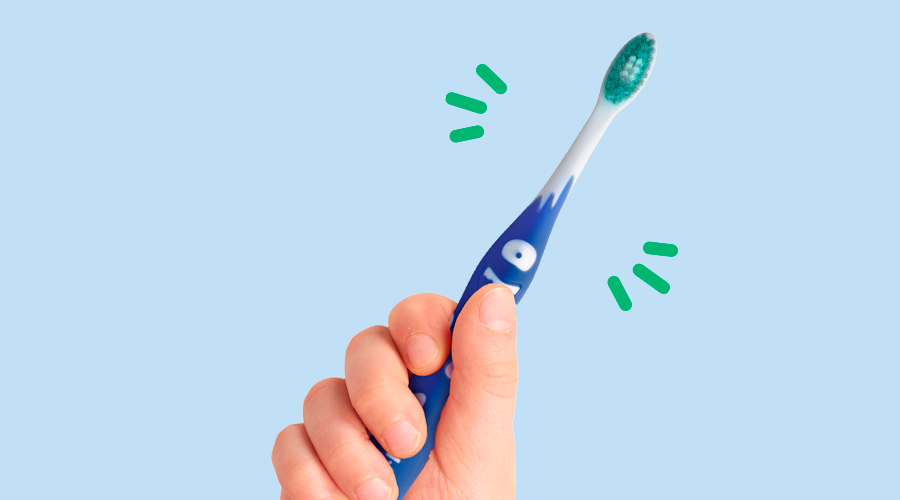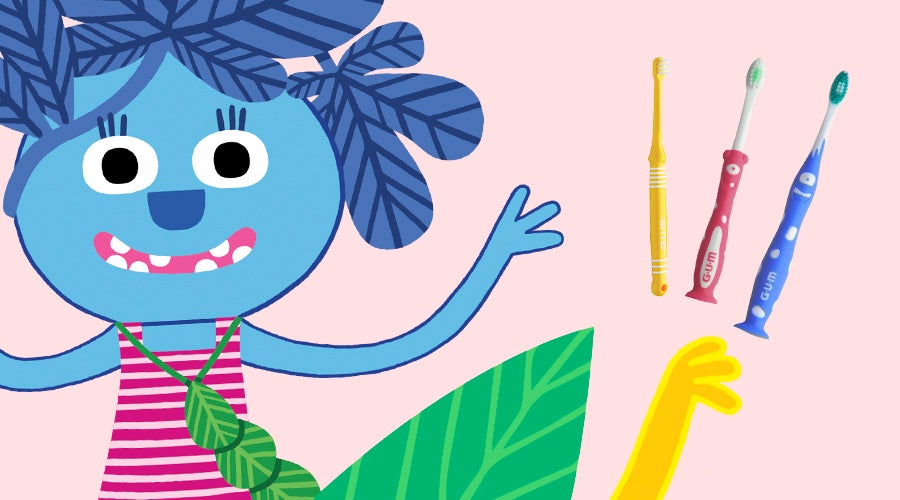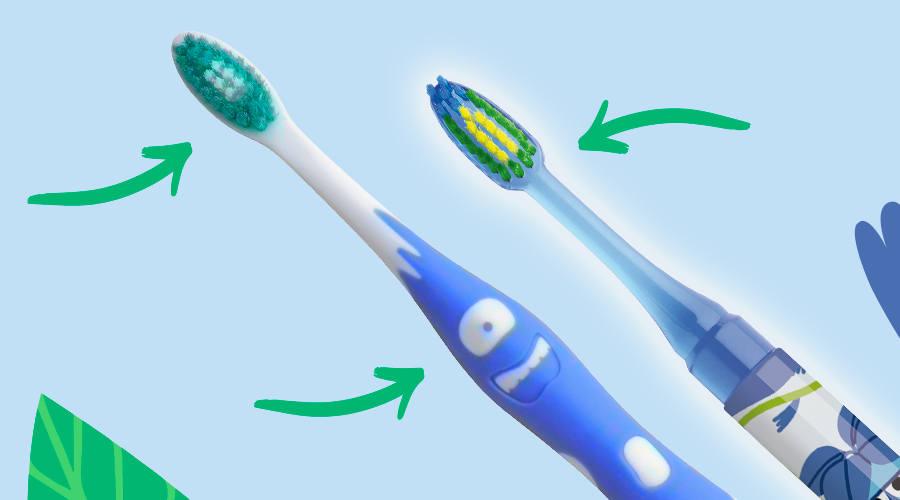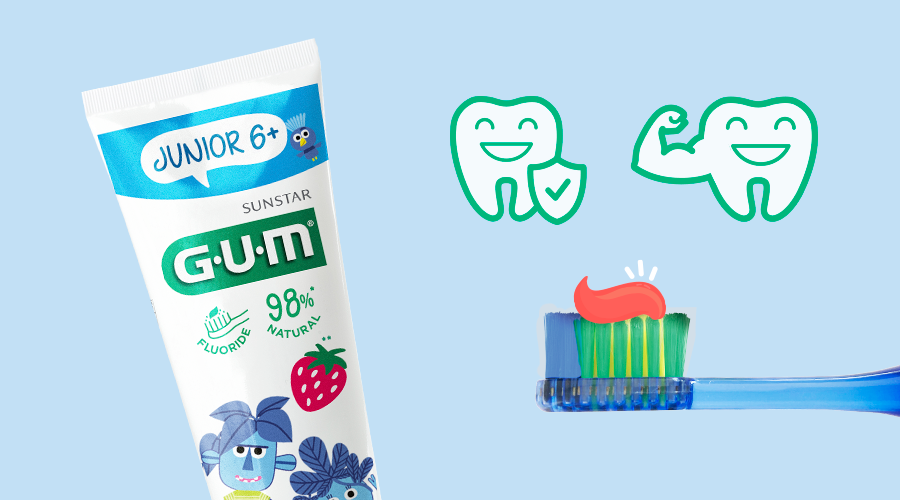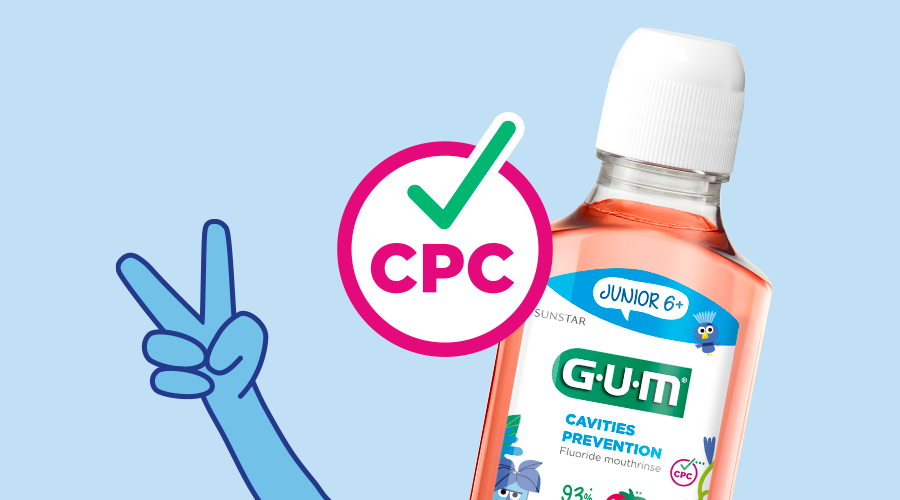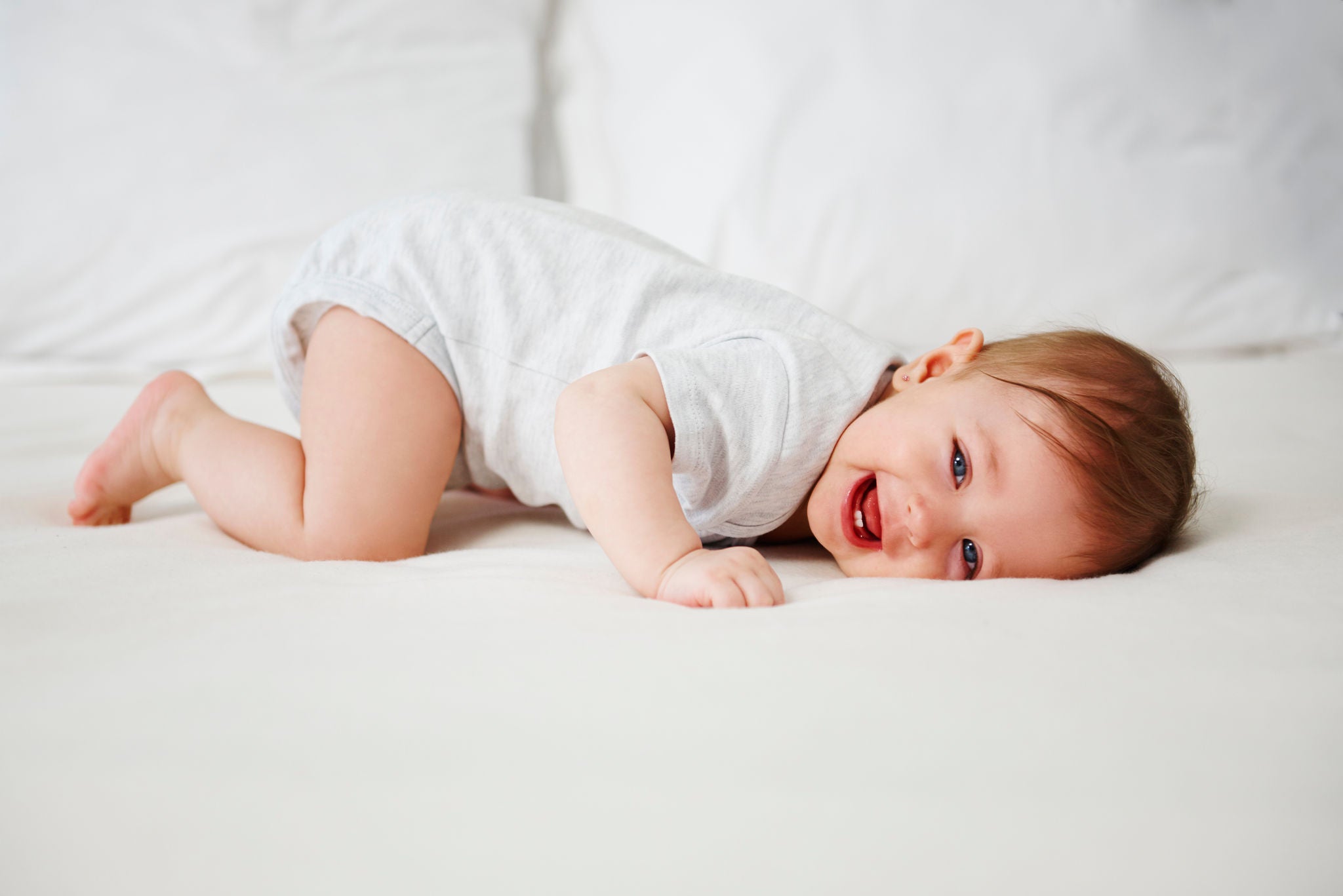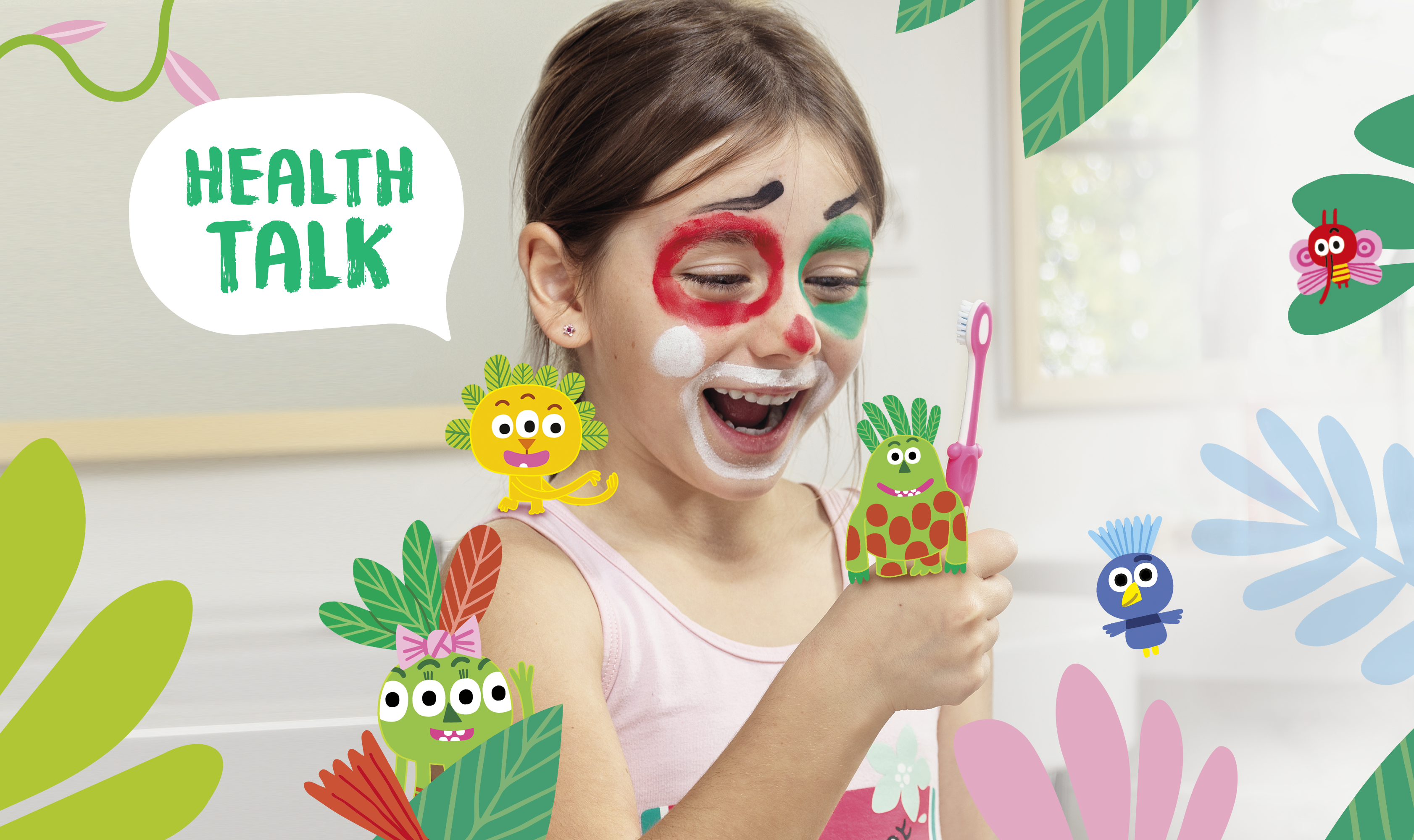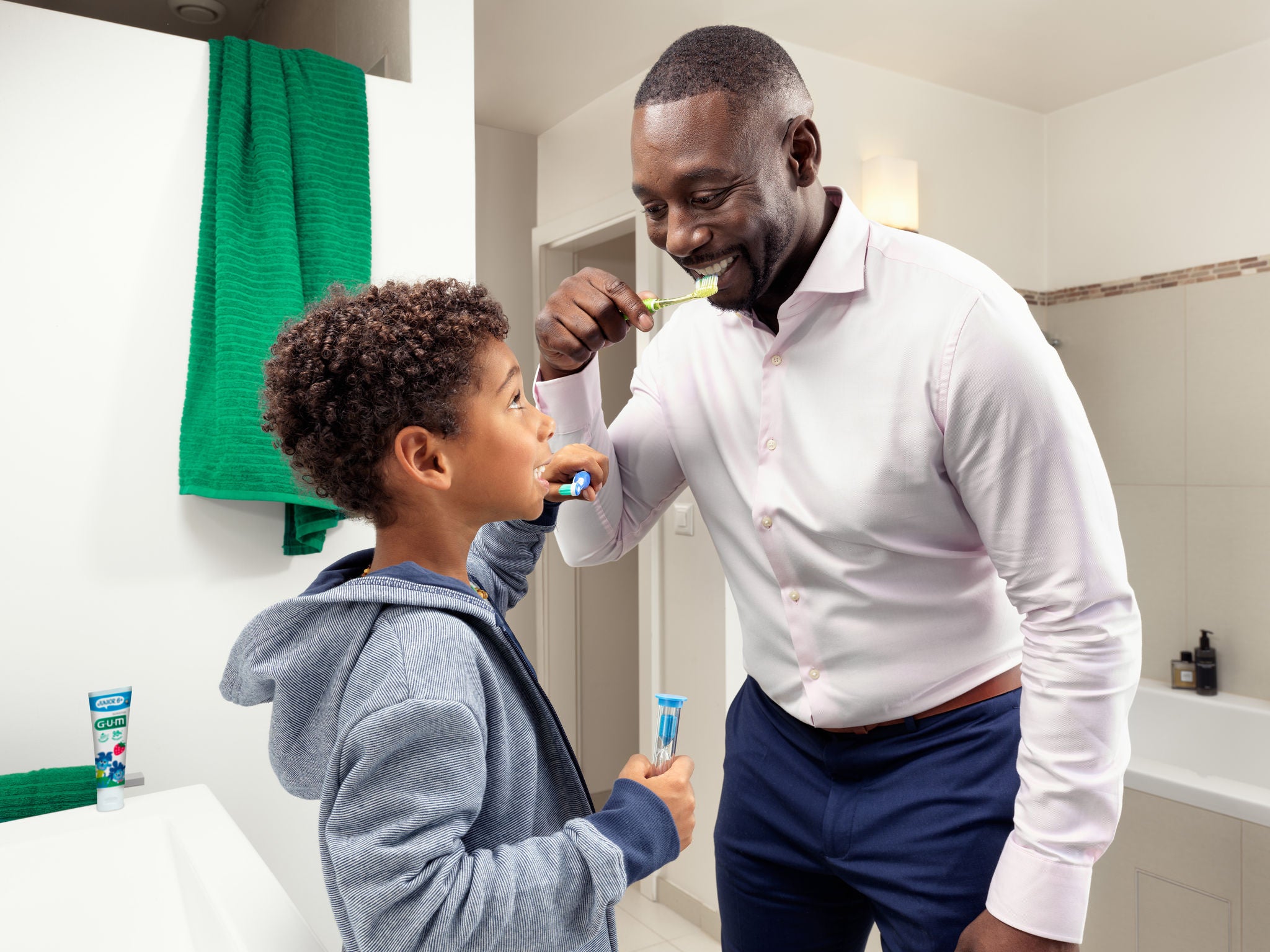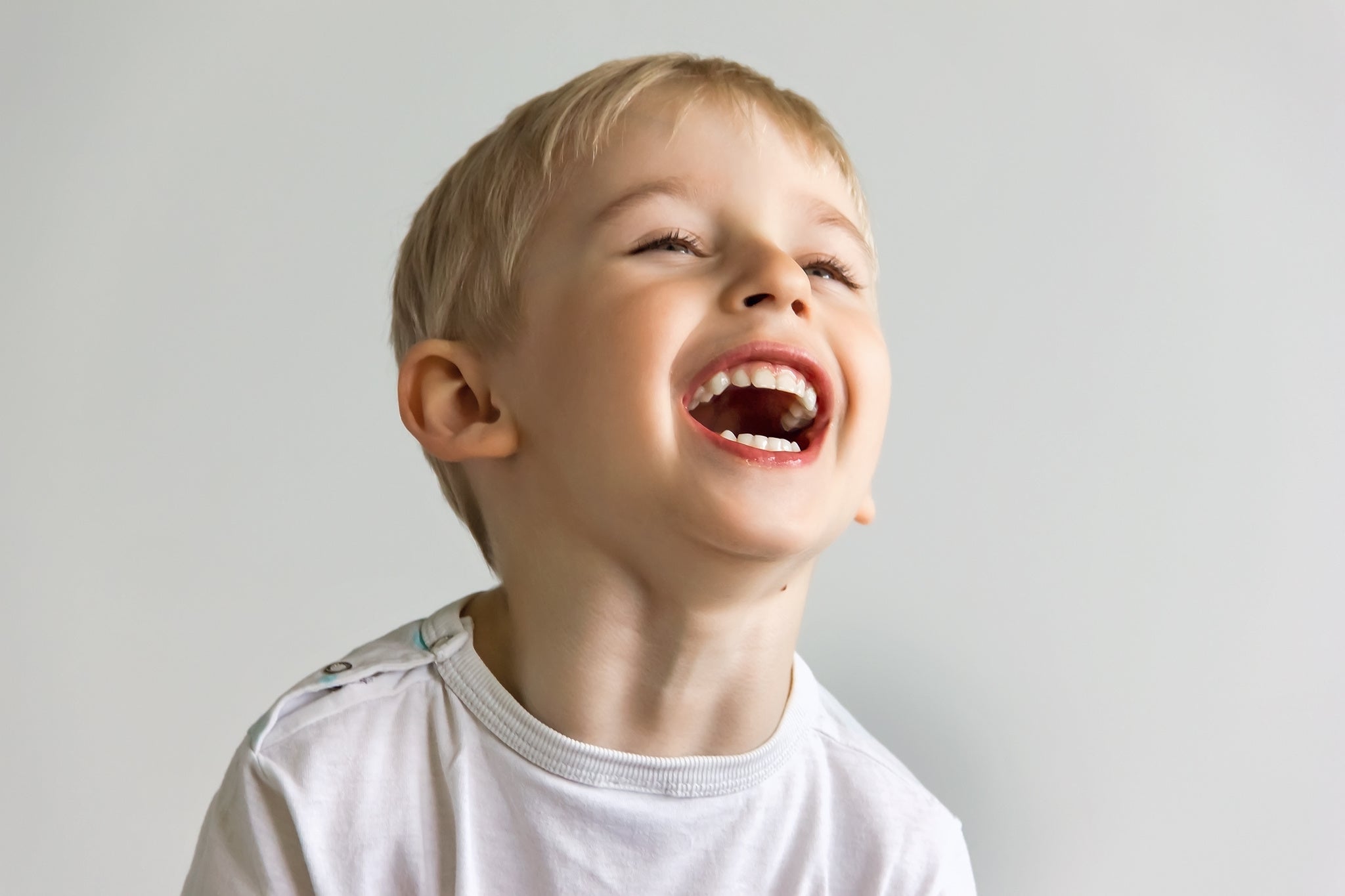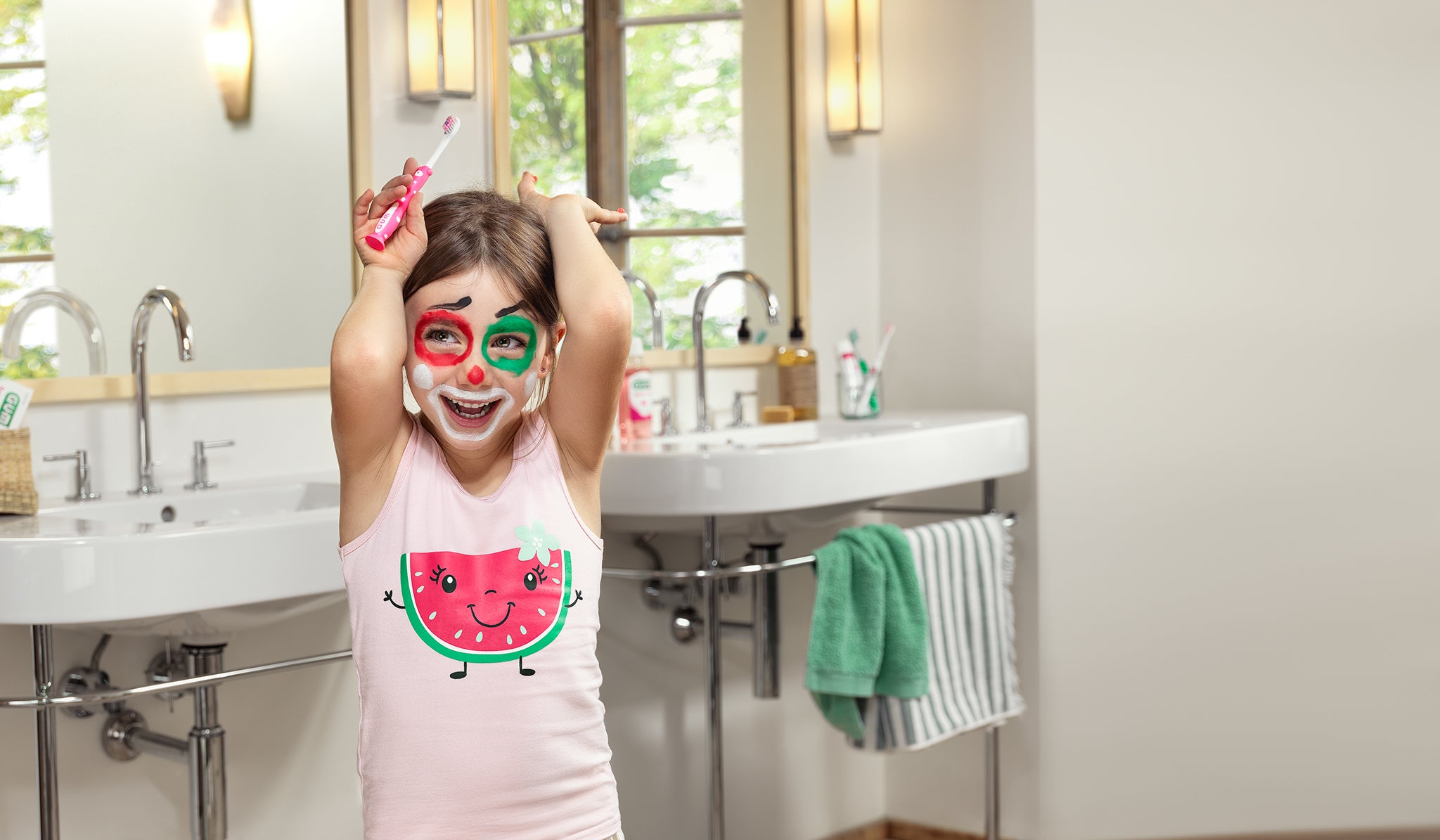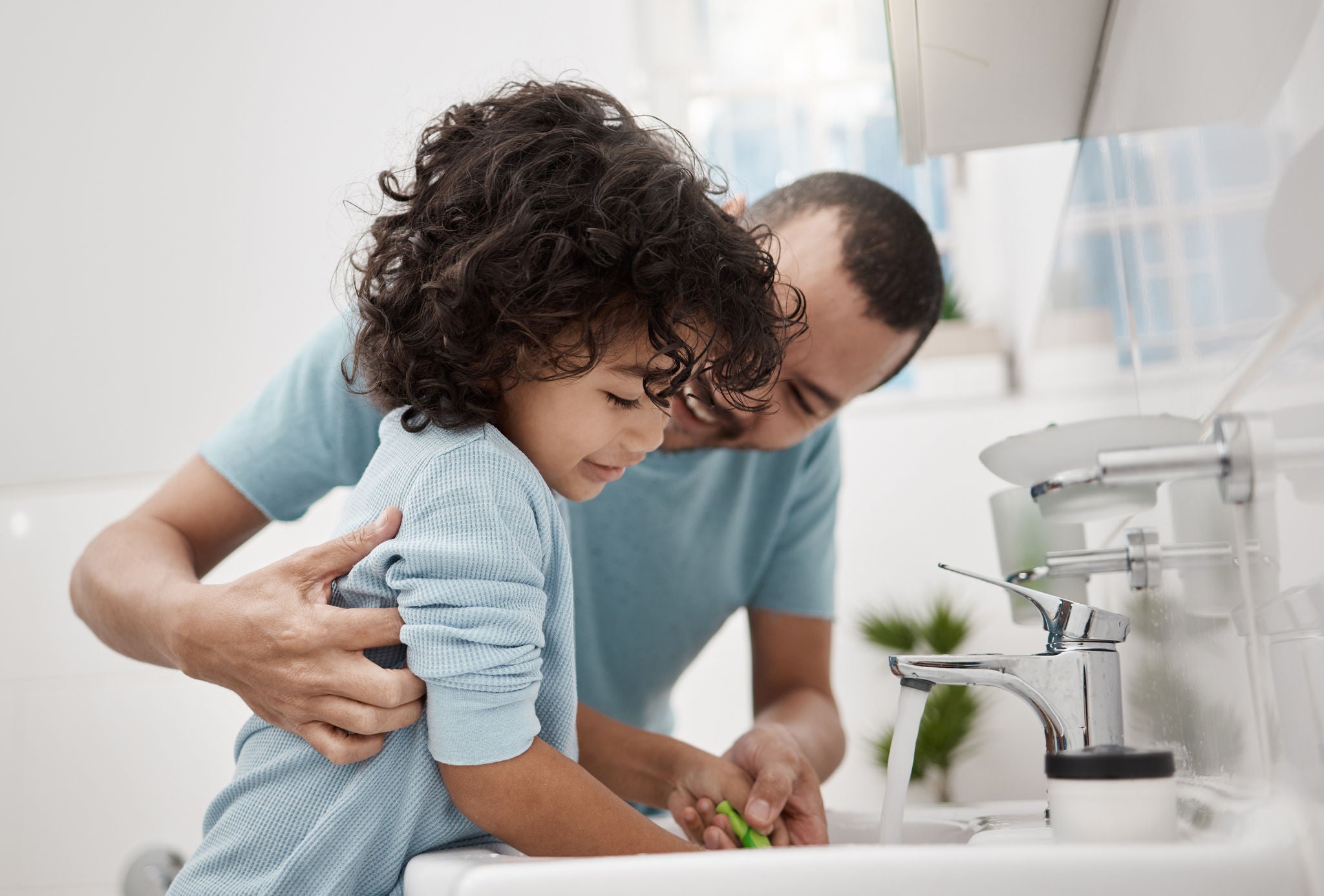
How And When To Brush My Child’s Teeth
The foundations of a healthy mouth in adulthood are laid in the early years of kids life.
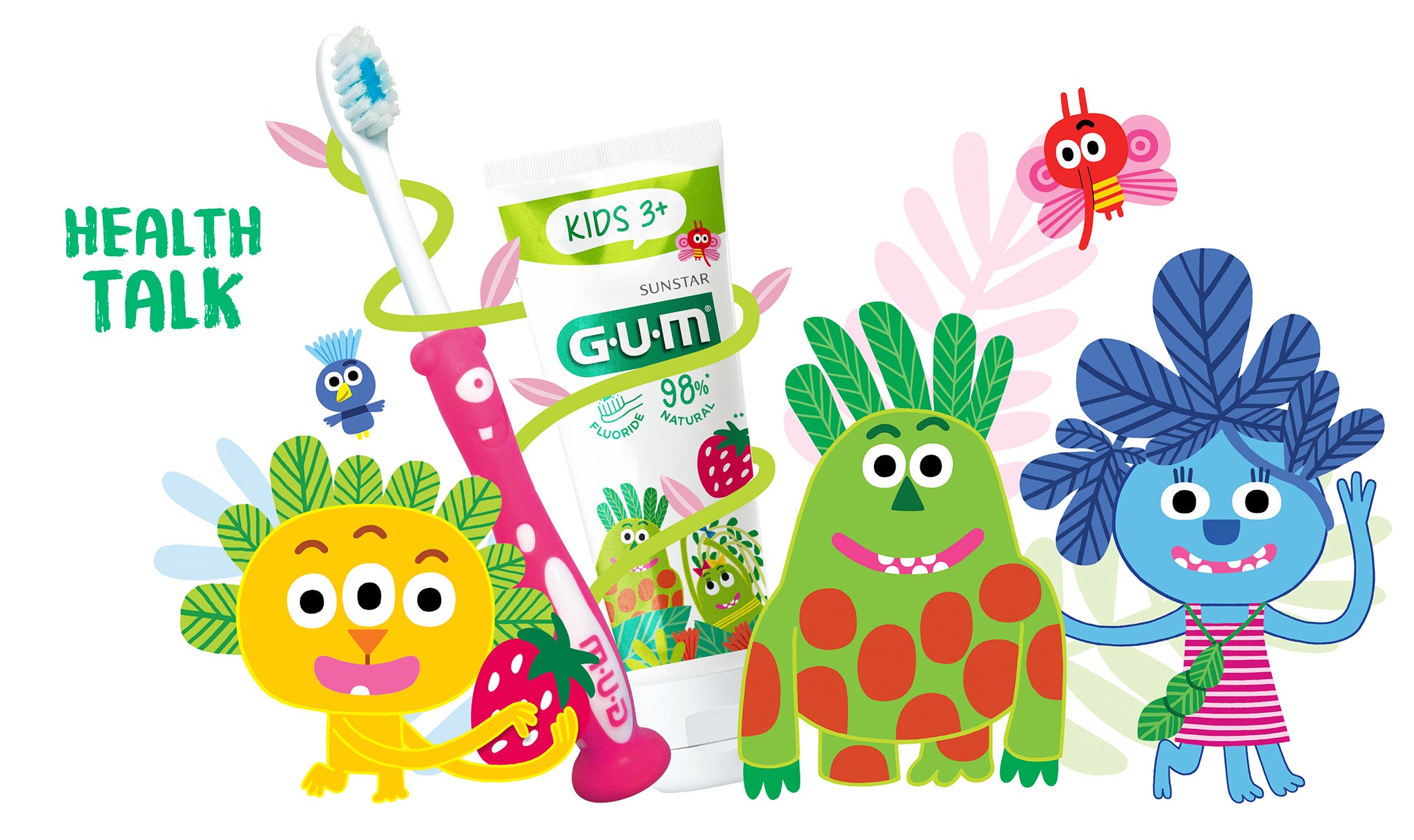
Teaching children about good oral care habits and getting them familiar with the dentist will go a long way it comes to their long-term oral health. Like with most things, success depends on developing the right habits and getting started early. The younger they start, the easier it’ll be!
BABY 0-2
In areas your baby doesn’t have any teeth yet you can clean his/her gums with a piece of gauze soaked in lukewarm water or physiological saline solution. This can be done once a day, preferably before bed time. It is always best to wait at least 30 minutes after eating or drinking, even breastfeeding, to prevent enamel erosion.

KIDS 2+
4. For the biting surfaces, brush back and forth.
5. To clean the inner surfaces, use a sweeping motion from the gum to the tooth, holding the brush vertically.
6. Make sure your toddler spits the toothpaste out at the end.
Make sure you brush for two minutes, twice a day, ideally after breakfast and before bed. Brushing just before bed is essential because the because the bacteria that cause plaque can grow freely during the night.
By age 3, most children will have developed enough dexterity to do some brushing alone. It’s a good time for them to start getting familiar with independent brushing. Show your toddler how to brush and let him/her have a go. Make sure you always brush your child’s whole mouth afterwards as they won’t be able to do it properly on their own. You should carry on doing this until your child has developed enough dexterity to be fully independent usually around 7 years of age but it can be a few years later depending on the development of each child.
Our jungle-themed GUM® KIDS Toothbrush is designed with lots of great features for the daily brushing of toddlers 2+. Its small, cushioned head will fit perfectly in your little one’s mouth and protect his/her delicate gums and teeth. Its soft, dome-trimmed bristles are ideal to gently and effectively clean milk teeth. This brush has an anti-slip handle for your little one to hold easily when getting started. If you’re never sure how much toothpaste to use, you’re going to love our toothpaste indicator. Our brush also features a practical suction cup so you can easily leave it standing by the sink. Discover more special features and our fun colours here.

CHILDREN 6+
We even have a toothbrushing song and story for you! Remember good brushing starts when you’re having fun! Get helpful tips on how to establish good brushing habits in children here
With a small, cushioned head, soft bristles and a toothpaste indicator, it’s a great brush for your child to get familiar and comfortable with independent brushing. Its dome-trimmed bristles are specially designed for plaque removal. Thanks to an anti-slip handle, your child will find it super easy to use no more slipping! It also comes with a practical built in suction cup so your child can leave the brush to stand once the 2 minutes are up. Discover more features here. We also have a great, educational GUM LIGHT-UP Toothbrush for children who need a little incentive to brush for the recommended time. It also features soft, dome-trimmed bristles and a practical suction cup.

JUNGLE FUN and a job well done

